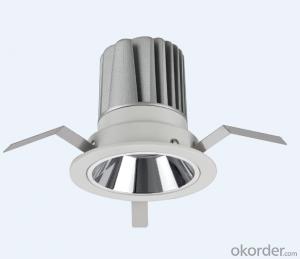Solar Inverter Accessories
Solar Inverter Accessories Related Searches
Grill With Led Light Bar Light Fixture With Chain Blu Ray Player With Recorder Blu Ray Player With Internet Steel Column Connection To Foundation Grinding Wheels Come In Grades From Coarse To Dodge Ram Led Light Bar Grill Led House Light Fixtures Small Led Light Fixtures Intellibrite Led Pool LightHot Searches
Type Of Inverter For Solar Types Of Inverter For Solar Used Solar Inverter For Sale Inverter Size For Solar System Solar Edge Inverter For Sale 5kw Solar Inverter For Sale Solar Inverter For Sale Solar Inverter For Battery Solar Inverter For Split Ac Solar Inverter For Laptop Solar Inverter For Fridge Solar With Inverter Price Solar Inverter With 2 Battery Solar Inverter Price In China Best Solar Inverter In China Solar Inverter Price In Dubai Solar Inverter Price In Uae Solar Inverter Price In Kenya Solar Inverter Price In Kerala Solar Hot Water Collectors For SaleSolar Inverter Accessories Supplier & Manufacturer from China
Okorder.com is a professional Solar Inverter Accessories supplier & manufacturer, offers integrated one-stop services including real-time quoting and online cargo tracking. We are funded by CNBM Group, a Fortune 500 enterprise and the largest Solar Inverter Accessories firm in China.Hot Products
FAQ
- The role of a solar inverter in voltage and frequency regulation during grid disturbances is to ensure stable and reliable power supply from solar panels to the grid. It monitors the voltage and frequency of the grid and adjusts the output of the solar panels accordingly to maintain a consistent and synchronized power flow. This helps to prevent power fluctuations and protect the grid from disturbances, ensuring efficient and safe operation of the electrical system.
- Yes, a solar inverter can be used with a generator as a backup power source. The solar inverter can be connected to the generator's output, allowing it to convert the generator's AC power into usable DC power for charging the batteries or powering the solar energy system. This setup ensures uninterrupted power supply during periods of low solar generation or in case of power outages.
- The role of a communication interface in a solar inverter is to facilitate the exchange of information and data between the inverter and other devices or systems. It allows for monitoring, control, and communication with the solar inverter, enabling real-time performance monitoring, remote management, and integration with other renewable energy systems or smart grid networks.
- Yes, a solar inverter can be used with a solar-powered healthcare system. A solar inverter is responsible for converting the direct current (DC) generated by solar panels into alternating current (AC) that can be used to power various appliances and systems, including healthcare equipment. By integrating a solar inverter into a solar-powered healthcare system, the generated solar energy can be efficiently utilized to run medical devices and provide reliable electricity for critical healthcare services.
- The maximum AC current rating of a solar inverter determines its capacity to handle and convert the DC power generated by solar panels into usable AC power for the electrical grid. A higher maximum AC current rating allows the inverter to handle larger amounts of power, enabling it to support more solar panels or higher power output. This ensures efficient and uninterrupted performance of the solar inverter, allowing it to meet the energy demands of the system and maximize solar energy production.
- The role of a power monitoring feature in a solar inverter is to constantly monitor and measure the amount of power being generated by the solar panels. This feature allows users to track the performance of their solar system, detect any issues or malfunctions, and optimize the energy output for maximum efficiency. It provides real-time data on the power production, enabling users to make informed decisions regarding energy usage and grid integration.
- Yes, solar inverters require regular maintenance to ensure optimal performance and longevity. This typically includes cleaning the unit and its surroundings to prevent dust buildup, checking for any loose connections or wiring issues, inspecting for physical damage, and monitoring the inverter's performance through regular system checks. Additionally, firmware updates and software upgrades may be necessary to enhance efficiency and address any potential issues.
- Yes, a solar inverter can be used with a solar air conditioning system. A solar inverter is responsible for converting the direct current (DC) power generated by solar panels into alternating current (AC) power that can be used to operate electrical appliances. Solar air conditioning systems typically require AC power to function, so a solar inverter would be necessary to convert the DC power from the solar panels into the AC power needed for the air conditioning system.













































